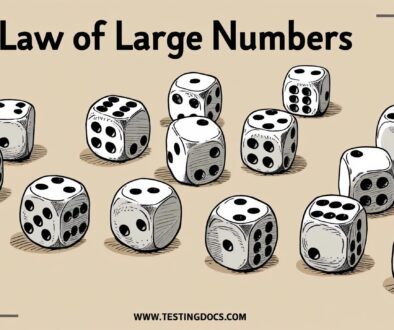Relations in Mathematics
Relations in Mathematics
Understanding relations is a foundation for topics such as functions, equivalence, and orderings. In mathematics, relations help us describe connections between numbers, sets, and objects—like “is equal to,” “is greater than,” or “is a friend of.” Think of a relation as a rule that tells you which things are connected to which.
What Is a Mathematical Relation?
Let A and B be sets. A relation from A to B is any subset of the Cartesian product A × B.
That is, a relation R is a collection of ordered pairs (a, b) with a ∈ A and b ∈ B.
- Domain of R: all first components that actually appear in the relation.
- Codomain: the target set (usually B).
- Range/Image of R: all second components that appear in the relation.
Example
If A = {1, 2, 3} and we relate numbers that are ≤, one possible relation is R = {(1,1), (1,2), (1,3), (2,2), (2,3), (3,3)} on A (i.e., ≤ on A).
Ways to Represent a Relation
- Set of Ordered Pairs: Explicitly list pairs, e.g.,
{(1,2), (2,3)}. - Arrow Diagram: Draw arrows from elements of A to elements of B where pairs exist.
- Matrix Form (for finite sets): A 0–1 matrix with rows from A, columns from B; a 1 indicates a related pair.
- Rule/Predicate: Describe by a condition, e.g., “
a R biffa | b(a divides b).”
Why Relations Matter
Relations unify many ideas in mathematics. Functions are special relations that power calculus and algebra. Equivalence relations organize objects into classes of “same type,” vital in modular arithmetic and geometry.
Partial orders structure hierarchies like subset relations and task dependencies in computer science. Mastering relations gives you a precise language to describe and reason about structure.

